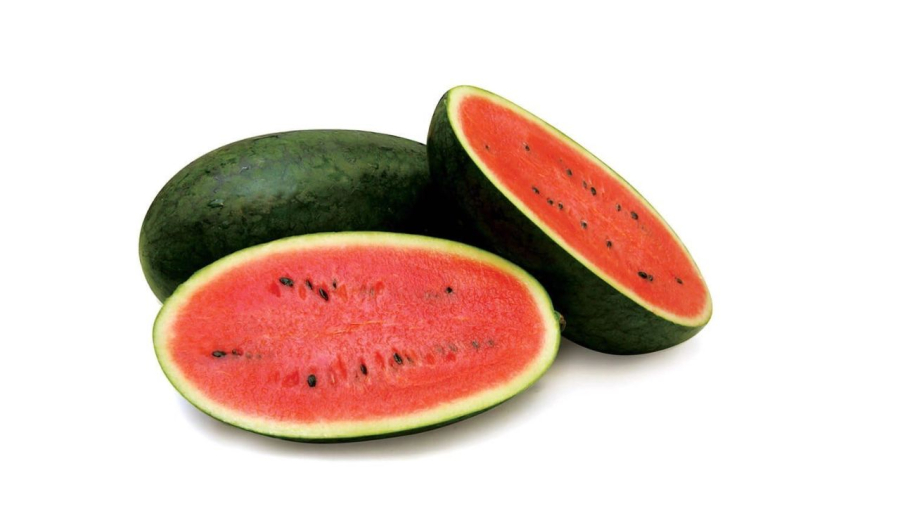Why is watermelon considered taboo in some cultures?
Watermelon is a popular fruit in Vietnam, known for its distinctive green rind and red, juicy flesh dotted with black seeds. Beyond its refreshing taste, watermelon also boasts medicinal properties. In traditional East Asian medicine, the dried rind is used as a remedy, while the sweet flesh, along with the white part of the rind, is believed to possess detoxifying and cooling effects on the body.
However, there is a belief that watermelons, due to their proximity to the ground and the duration they spend lying on the earth after harvest, may absorb negative energy or ‘kiêng.’ This notion holds particular significance in the context of religious offerings, where cleanliness, purity, and the absence of any strange odors or negative influences are of utmost importance to maintain the sanctity of the ancestral altar.

Watermelons: A Conundrum of Health Benefits and Spiritual Taboos
The belief in ‘kiêng’ extends to the way watermelons are often cultivated and sold. As they grow, watermelons remain in contact with the soil and are fertilized with various types of manure, leading some to believe that they absorb negative energy that could disrupt the positive energy of the ancestral altar.
Additionally, the common practice of displaying watermelons for sale on sidewalks or directly on the ground is seen as a further deviation from the desired state of purity and cleanliness.

A Symbol of Abundance and Good Fortune
Despite these concerns, it’s worth noting that watermelons are also associated with abundance and good fortune in some regions. While they may be affordable and widely accessible, some consider their sweetness and abundance a sign of prosperity. However, there is a contrasting belief that lighting incense with watermelon can attract negative spiritual influences, thus affecting the family’s spiritual feng shui.
These contrasting beliefs have led to a preference for fruits that grow higher off the ground and are more delicate, as they are believed to be handled with greater care during harvesting and transportation.
Nonetheless, the taboo around watermelons is not universally accepted, and in some areas, the word for watermelon sounds similar to the word for ‘abundance.’ As such, the red flesh of a sliced watermelon is seen as a symbol of good luck and prosperity.
How to Properly Offer Watermelon as an Incense Offering
Whether or not to offer watermelon as incense depends on the beliefs of the family and the specific cultural context. However, if you choose to do so, here are some important considerations:
– Select a watermelon that is appropriately sized for your altar, especially if it is elevated. A large, heavy watermelon may be difficult to handle during the offering and could fall and break.
– Do not leave the watermelon offering for too long, even if the outer rind appears firm and fresh. In hot weather, the inner flesh can spoil quickly.
– Before making the offering, clean the outer rind and dry it with a clean cloth to prevent moisture from affecting the altar and the watermelon itself.
– When choosing a watermelon, select one with a hard rind and a small stem, indicating that it is ripe and of good quality.
This information is based on traditional beliefs and practices and may vary across regions and personal interpretations.
































